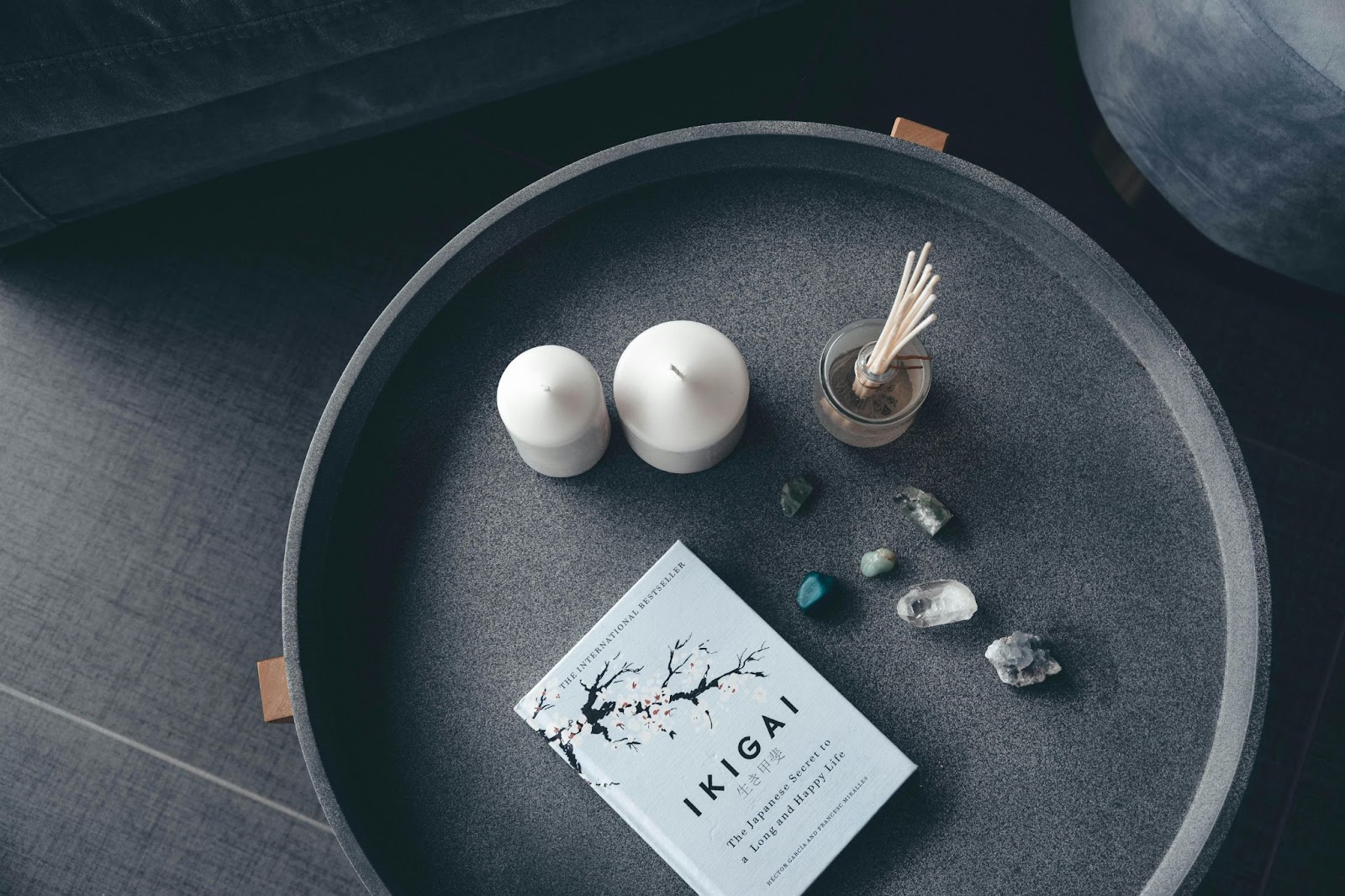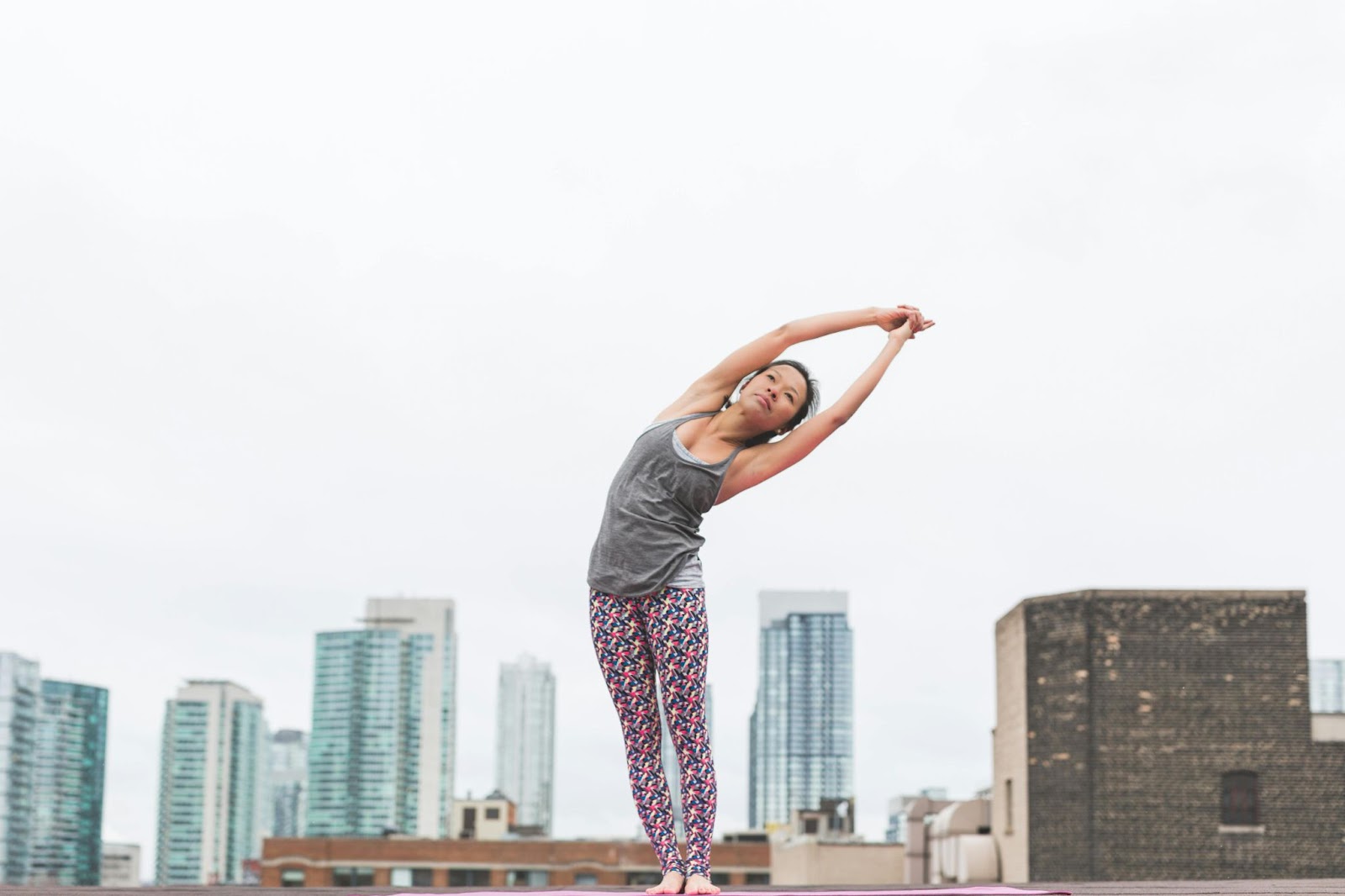Lifestyle
The Art of Slow Living: Embracing a Mindful Lifestyle in a Fast-Paced World
In a world that glorifies hustle and speed, slowing down can feel like a radical act. But across Asia, ancient wisdom teaches us that true fulfillment comes not from doing more, but from living with purpose, presence, and balance. From Japan’s Ikigai to the meditative art of tea ceremonies, slow living offers a way to reconnect with what truly matters. This isn’t about stepping away from modern life—it’s about embracing it more mindfully. 🌿✨

Finding Meaning in the Everyday: Lessons from Ikigai
Ikigai (生き甲斐) is a Japanese concept that translates to “reason for being.” It’s the belief that happiness comes from a sense of purpose—doing what you love, what you’re good at, what the world needs, and what can sustain you financially.

We spoke with Naoko Sato, a mindfulness coach from Kyoto, who helps people discover their ikigai. “Many of us chase success, but we don’t stop to ask ourselves—does this truly fulfill me? The key to slow living is to align your daily actions with what brings you joy and meaning.”
For some, ikigai might be painting, gardening, or teaching. For others, it’s simply spending quality time with family. The lesson? Slow down and focus on what truly matters.
Tea and Tranquility: The Role of Rituals in Slow Living
One of the simplest ways to practice slow living is through rituals—daily habits that ground and calm you. The Chinese and Japanese tea ceremonies are perfect examples. These ancient traditions, dating back thousands of years, emphasize patience, mindfulness, and appreciation for the moment.

Lin Wei, a tea master in Beijing, shares her insights: “Making tea is not just about drinking—it’s a form of meditation. The process of boiling water, steeping leaves, and savoring each sip teaches us patience and gratitude.”
Incorporating simple rituals like morning journaling, lighting a candle, or mindful breathing can help bring more calm and focus to daily life.
The Beauty of Simplicity: Minimalist Living in Asia
Slow living often goes hand in hand with minimalism, a lifestyle that has gained popularity worldwide but has deep roots in Asia. Countries like Japan and South Korea embrace minimalism not just as a design aesthetic but as a philosophy of living intentionally.

Kim Seojun, an interior designer from Seoul, explains: “A cluttered space creates a cluttered mind. By simplifying our homes, wardrobes, and schedules, we create space for things that truly bring us joy.”
Decluttering doesn’t mean throwing everything away—it means being intentional about what you keep. Ask yourself: Does this item add value to my life? If not, it may be time to let go.
The Future of Slow Living: Can We Balance Tradition and Modern Life?
As digital technology accelerates, can slow living still fit into the modern world? The answer is yes—but it requires conscious effort.

Simple steps like:
✅ Unplugging from social media for an hour each day
✅ Eating meals without distractions
✅ Prioritizing deep conversations over small talk
✅ Taking breaks to appreciate nature
These small but powerful changes can help us reconnect with ourselves and the world around us.
Slow living is not about escaping responsibilities—it’s about living with intention. Whether it’s through tea rituals, finding your ikigai, or decluttering your space, the secret to a fulfilling life is not doing more, but doing what truly matters.
💬 What are your thoughts on slow living? Have you tried any of these practices? Share your experiences below and let’s start a conversation! 🌿✨




Lorem ipsum dolor sit amet, consectetur adipiscing elit. Suspendisse varius enim in eros elementum tristique. Duis cursus, mi quis viverra ornare, eros dolor interdum nulla, ut commodo diam libero vitae erat. Aenean faucibus nibh et justo cursus id rutrum lorem imperdiet. Nunc ut sem vitae risus tristique posuere.